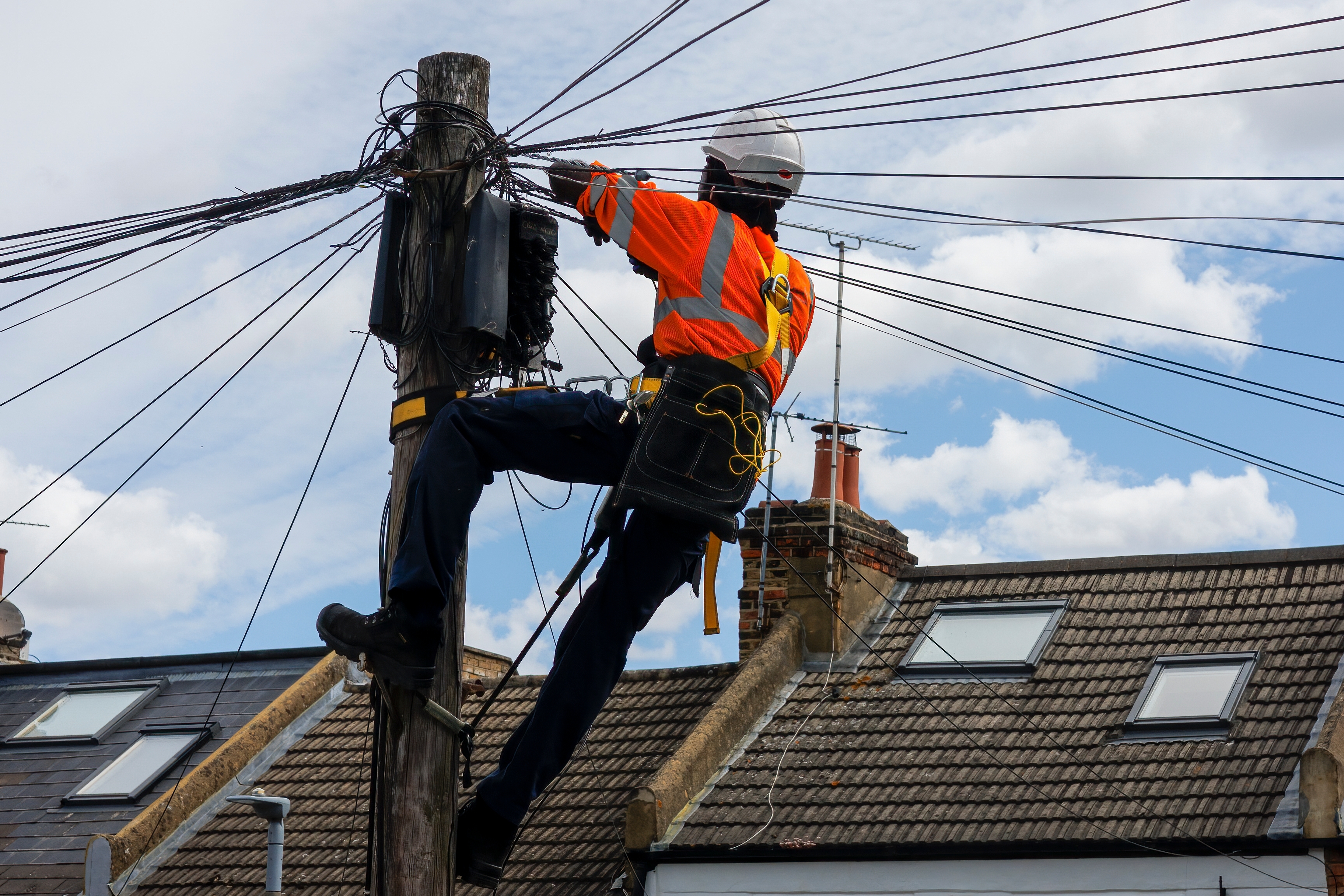 This blog post is part of a series called “CommScope Definitions” in which we will explain common terms in communications network infrastructure.
This blog post is part of a series called “CommScope Definitions” in which we will explain common terms in communications network infrastructure.
Every radio transmitter in a wireless network has only a certain coverage area. Beyond this, the signal level falls to a limit below which it cannot be used, and where it will not cause significant interference to mobile devices connected to a different radio transmitter. This means that it is possible to re-use a channel once outside the range of the radio transmitter. The same is also true in the reverse direction for the receiver, where it will only be able to receive signals over a given range.
Network operators split up the entire coverage area into several smaller regions called cells, which are each covered by a different transmitter. This is where the term "cellular" technology comes from. Diagrammatically, these cells are often shown as hexagonal shapes that conveniently fit together like a puzzle. In reality this is not the case. They often have irregular boundaries because of the terrain over which they travel. Hills, buildings and other objects all cause the signal to be attenuated differently in each direction.
When planning a cellular network, operators typically allocate different frequency bands or channels to adjacent cells so that interference is reduced even when the coverage areas overlap slightly. In this way, cells can be grouped together in what is termed a cluster. Clusters often contain seven cells, but other configurations are possible. There are a number of conflicting requirements that need to be balanced when choosing the number of cells in a cluster. These include limiting interference levels and the number of frequency bands or channels that can be allocated to each cell site.
It is absolutely necessary to limit the interference between cells utilizing the same frequency bands. The topology of the cell configuration has a large impact on this. The larger the number of cells in the cluster, the greater the distance needed between cells sharing the same frequencies.
Key Takeaway: Wireless operators typically allocate different frequency bands to adjacent cells so that interference is reduced even when the coverage areas overlap slightly. In this way, cells can be grouped together in what is termed a cluster. Clusters often contain seven cells, but other configurations are possible. The larger the number of cells in the cluster, the greater the distance needed between cells sharing the same frequencies.
Related Resources:
- More about Multi-Beam Antennas
- RF Wireless Infrastructure Fundamentals training course
- Multi-Beam Antennas for Large Public Venues











